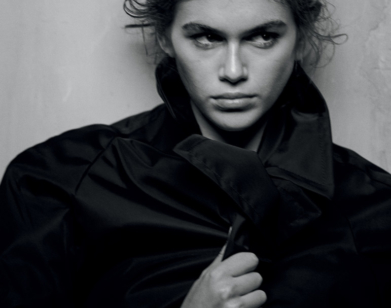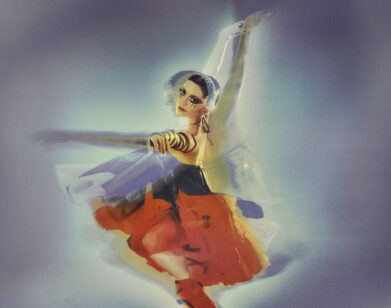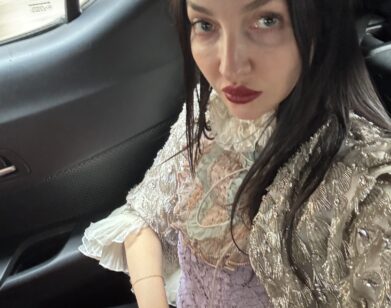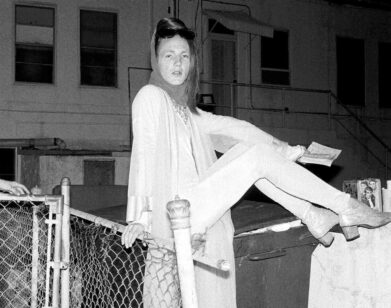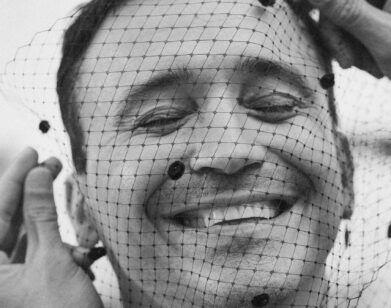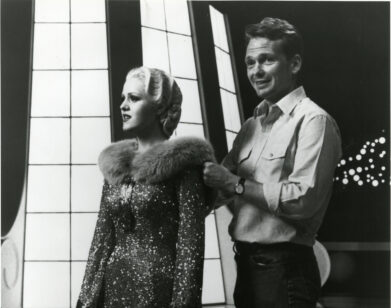ICONS
Trey Laird Takes Us Behind the Scenes of the Donna Karan Relaunch
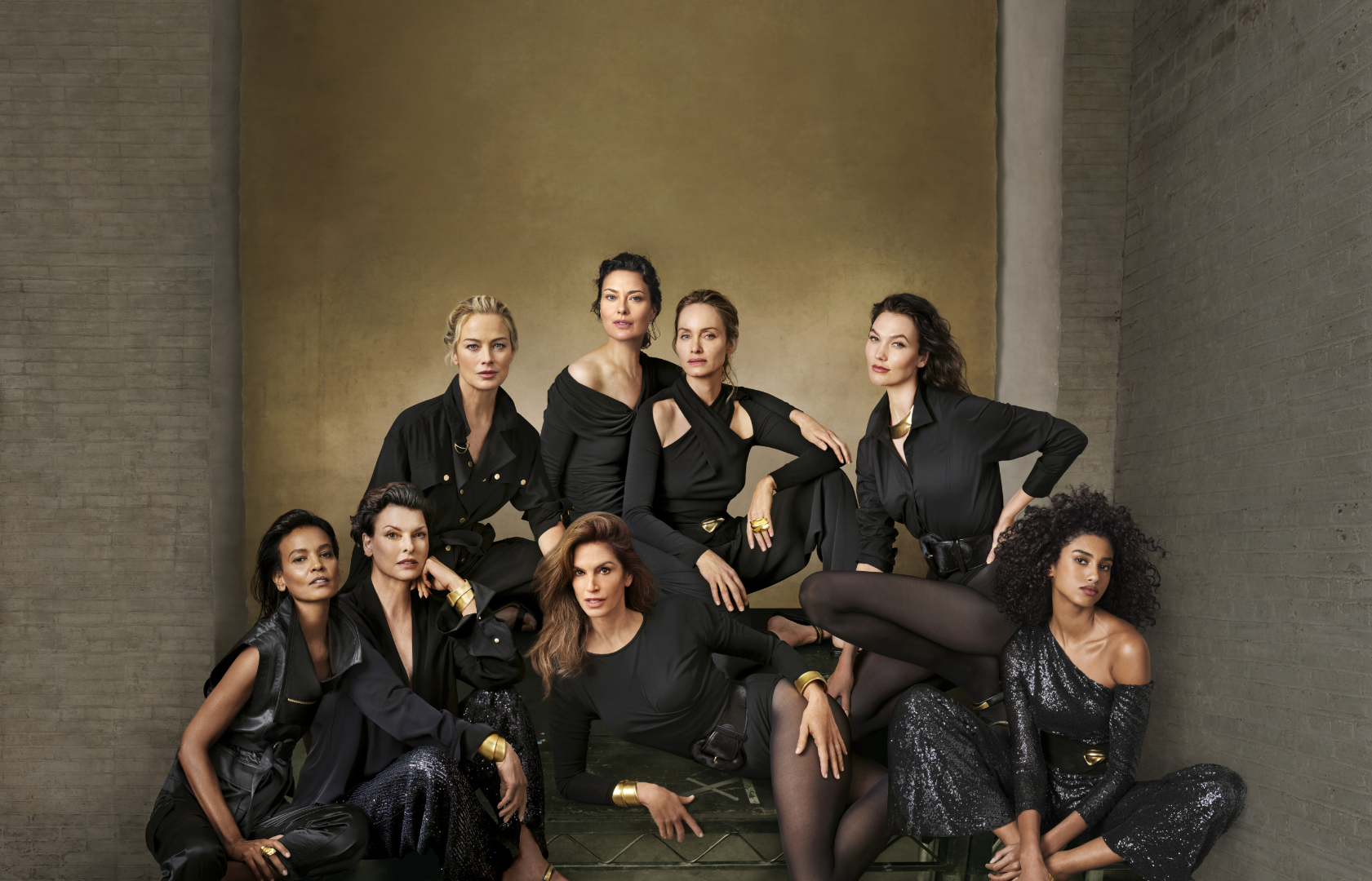
Donna Karan Spring 2024. Shot by Annie Leibovitz, styled by Jessica Diehl, creative direction by Trey Laird.
Many of us have warm memories of Donna Karan, memories of scavenging around in our mother’s closets for timeless wardrobe staples she’s held onto all these years. After 10 years out of circulation, Donna Karan and its younger offshoot brand, DKNY, are relaunching, retaining but updating their original vision of sophisticated, classic, high-quality clothes for every generation. “Donna Karan is caviar, DKNY is pizza, and I love both,” the brand’s creative director Trey Laird tells us. “I love something elevated and I love something everyday, but it has to be the best of what it is.” Joining us on a call from Dubai last week, Laird tells us about the early days of Donna Karan, casting eight veteran supermodels for the brand’s highly ancitipated relaunch, and The Devil Wears Prada moments that kicked off his venerable career more than 30 years ago.
———
Can you recall your first encounter with Donna Karan?
My first job out of college was at a small boutique ad agency on the brand new Donna Karan account. This was in 1988, I’d just moved to New York and Donna had just broken onto the scene. The first project was this big presentation on the whole brand story and art direction for DKNY. My assignment was to go to the restaurant downstairs and order a huge pizza and have DKNY spelled out in block olives and meet them in the conference room for the presentation. That was one of my Devil Wears Prada moments, juggling pizza boxes, running down Seventh Avenue to get to the meeting on time.
What was your first impression of the brand?
Donna was the ultimate sophisticated woman in New York that was in charge of her own life. She was always driven around in this big black limo, she was this powerful woman. But in her ads, in the back of a limo, going to a major event in a beaded outfit, there was also a baby and a baby bottle. There was always this chaotic storm around her with a million things going on, but she handled it in this very glamorous way. As a young kid from Texas that longed to move to New York, it was like a dream. Donna was the hottest new thing, the fastest growing, the most sophisticated, the most curious.
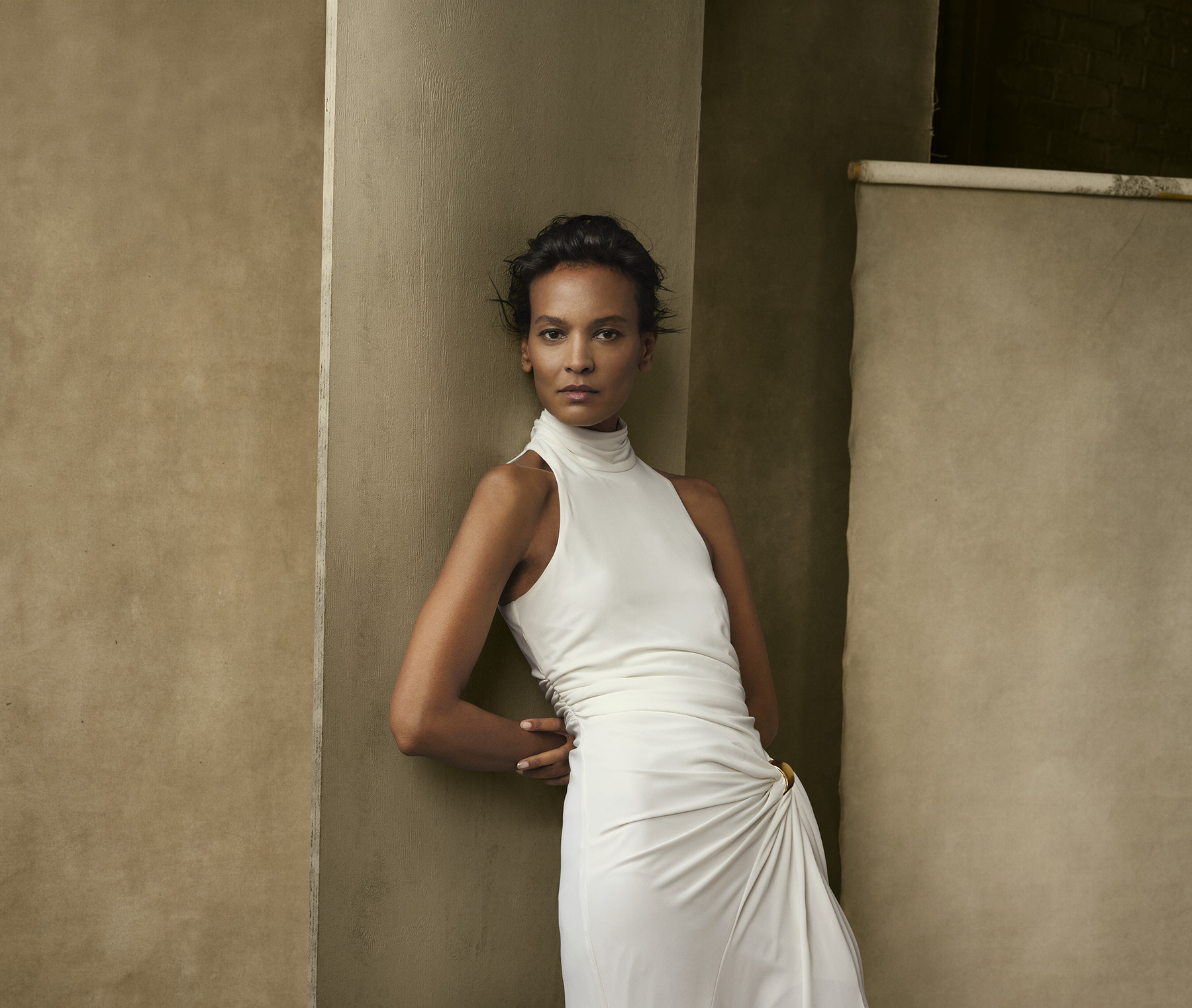
Liya Kebede for Donna Karan SP 2024. Shot by Annie Leibovitz, styled by Jessica Diehl, creative direction by Trey Laird.
A big inspiration behind the relaunch was going through the brand’s archives. What did you find?
To look back at some of those vintage pieces and the way they were put together and how the women carried themselves, it was so ahead of its time. Particularly the “Seven Easy Pieces,” starting with the bodysuit and then layering on a skirt or a trouser and a coat or a jacket, and then a sequin wrap skirt for evening. The thing that surprises me and doesn’t surprise me is how well the clothes hold up. It’s not dated. It’s timeless, but also, there’s this modernity that she was able to capture. Her point of view was so clear and original. Fast fashion wasn’t even a word when Donna launched. There’s so much out there now that to have something that’s consistent and stands the test of time is really powerful. And yes, on TikTok, ‘90s supermodels are an exploding topic. The way clothes were presented in the late ’80s and early ’90s was with a different attitude. I think it’s fascinating to a younger generation because it’s so different now. We’re in such a casual lifestyle period, with sweatpants and wearing jeans everywhere. Which is great, but to see somebody really pulled together in an effortless way, there’s something intriguing about that now.
On the note of the “Seven Easy Pieces,” what makes the perfect capsule wardrobe. And what’s in yours?
Philosophically, it’s the same thing that Donna did. Things that work together, things that feel comfortable, things that can go anywhere. Black is a key thing that Donna believed in, so when I travel, I find myself sticking to that. Not out of safety, but just because it’s flexible and you can mix it with so many things. On this trip I have my Rick Owens sweatpants, my tuxedo, and pieces that I can mix together.
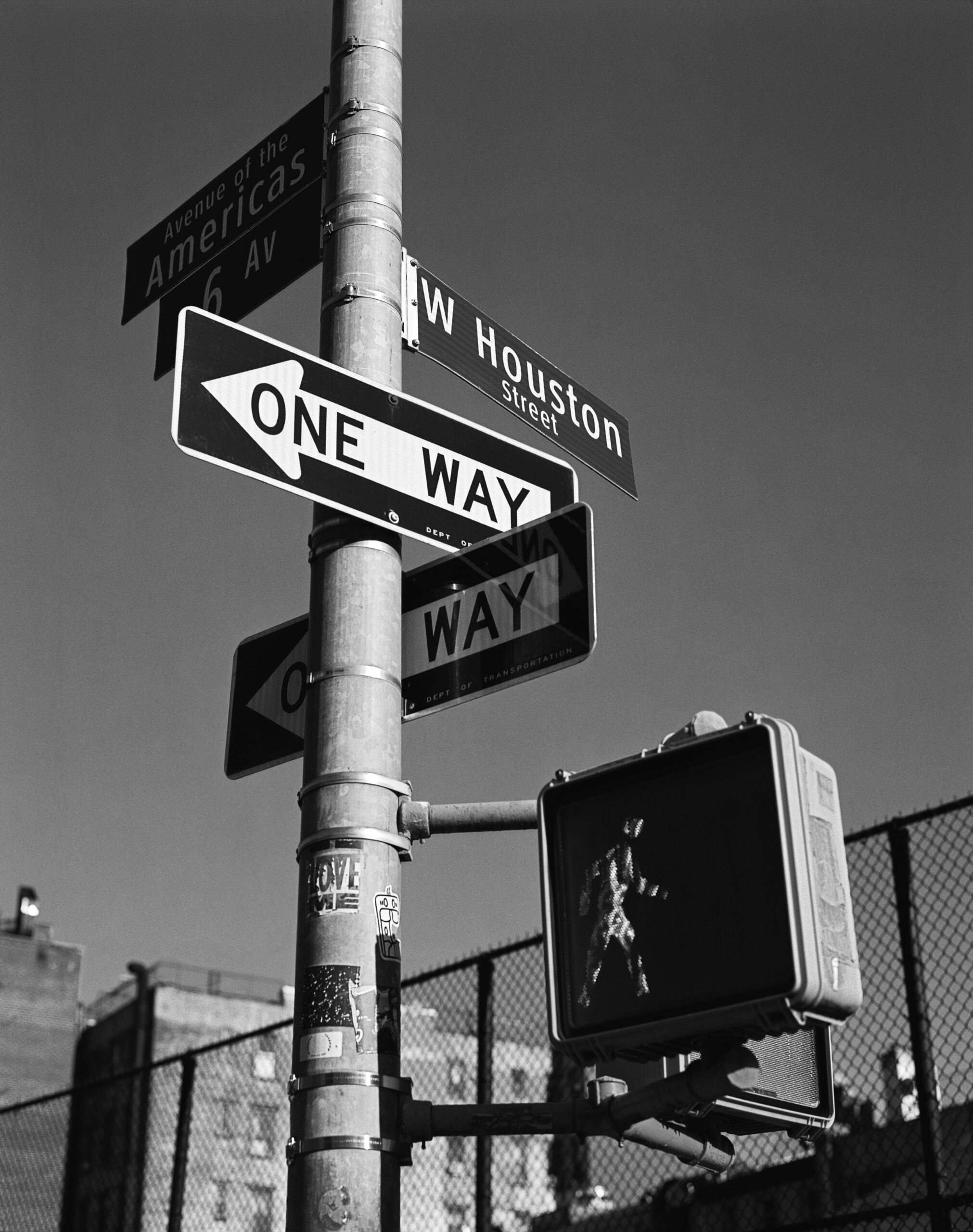
DKNY SP24 campaign image. Shot by Alistair McLellan, and creative direction by Trey Laird.
Tell me about tapping Annie Leibovitz to photograph the relaunch campaign.
When we had the idea to bring all these different generations of women together, I knew this wasn’t just another seasonal ad campaign. It needed to be captured in a way that was iconic. I’ve always admired Annie. We worked together for many years on the old school Gap campaigns. I see Annie as having documented the culture in her own way, from her early years at Rolling Stone through all her Vogue and Vanity Fair and presidents and queens and kings and rock stars and legends. And this was really an epic moment. This is one of the biggest names in American fashion that has been out of circulation for almost a decade, with these incredible women that all have this very personal connections to the brand.
Kaia Gerber is the new face of the DKNY. What does she represent?
There were several things going on in my head. One was that DKNY was one of the biggest American brands to be launched in the ’90s and went global. It took that American spirit, specifically New York energy, and brought that to the world. Kaia captures the sense of classic American style that was very akin to DKNY’s original essential pieces. You can see it in her personal wardrobe. When I see pictures of her out and about in New York, she has a leather jacket, a pair of jeans, and her Yankees cap. Or she’s got a big boyfriend blazer and jeans and T-shirt. At the same time, and I don’t think a lot of people know this, but Donna Karan started DKNY for her daughter, Gabby, who was stealing her clothes out of her closet. I thought, how fitting, Cindy Crawford is in the relaunch of the Donna Karan campaign and Kaia Gerber is now the new brand ambassador and face of DKNY. It was my little backstory that made me smile. DKNY was the same philosophy that Donna always had, but in a different language. She always said in New York, you can get pizza and caviar. Donna Karan is caviar, DKNY is pizza, and I love both. I love something elevated and I love something everyday, but it has to be the best of what it is.
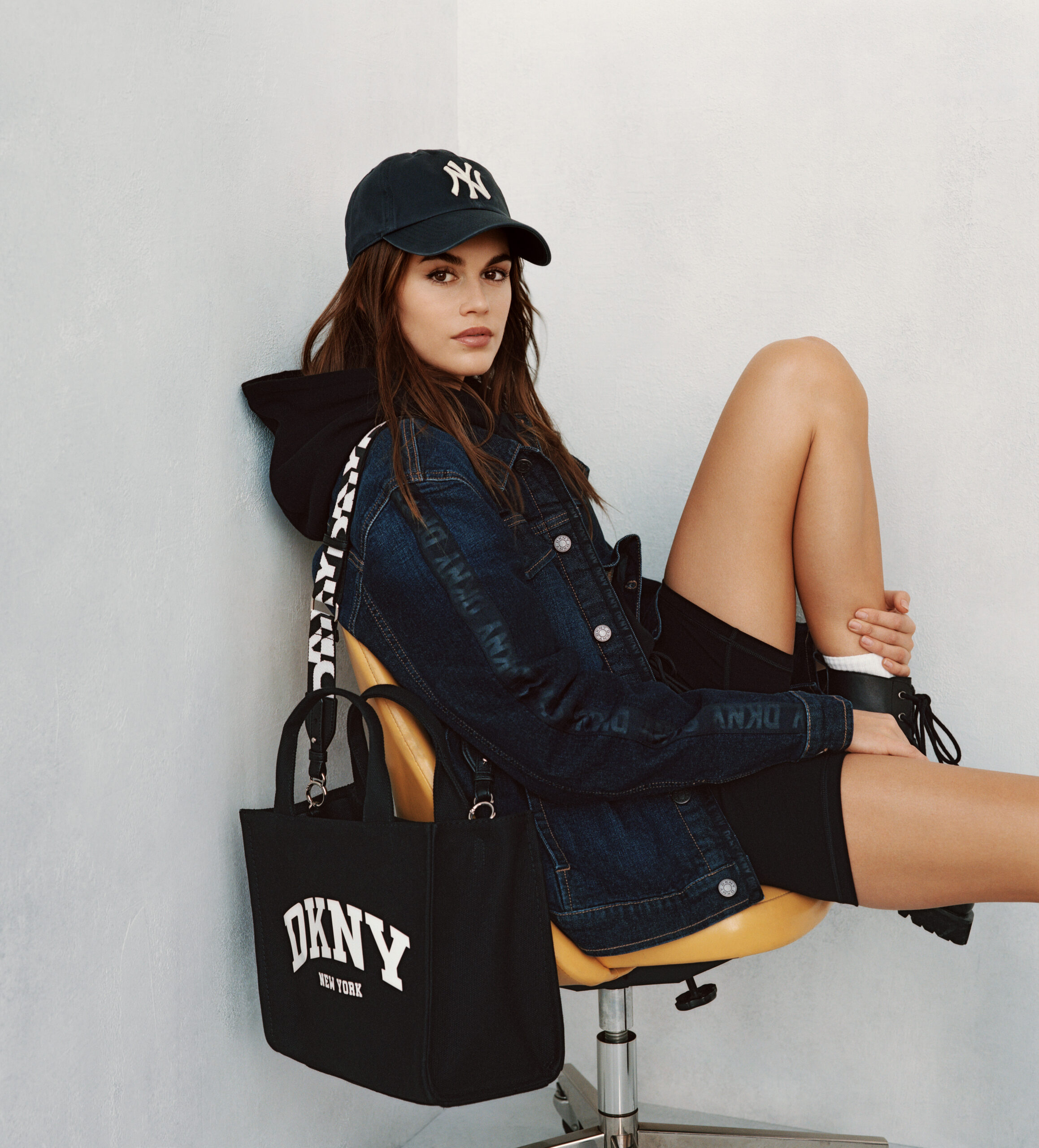
Kaia Gerber for DKNY SP24. Shot by Alistair McLellan, styled by Alastair McKimm, and creative direction by Trey Laird.
You’re the brains behind many of the iconic 90’s Donna Karan ads. Do you have one particular favorite, or one that continues to be a source of inspiration?
There’s a book that we did in ‘94. We called it the “taxi book.” Peter Lindbergh shot the campaign and now it’s a culty collector’s item. It was this complete exploration of New York City. The textures, the people, the energy, the colors, the sites. There was this incredible model, Beri Smither, who we shot in the rain in Times Square at 6:00 AM one morning as the sun was coming up. That captured my feeling of New York, the energy, the spirit, the inspiration, and those were the ingredients that Donna used to build DKNY. We had all these quotes from different New Yorkers on why they love the city and what it meant to them. There was an emotional connection to New York City, our hometown, from this brand. So if I had to pick, it would probably be that one.
Despite all your professional successes, you’ve continued to stay out of the public eye. What might surprise people about you?
I’m obsessed with design in all facets, whether that’s architecture, interiors, art, typography, watch-making. And I’m very inspired by contemporary art. That’s probably not very surprising for what I do. Maybe that I’m from this small town in Texas, though I consider myself a New Yorker now. I’m still kind of this small town guy with stars in my eyes, in the sense that New York and everything I encounter still gives me a sense of wonder. I never take it for granted. I never feel jaded. That excitement I felt when I first came to New York City is still there. I am still excited to do these projects with Tom Ford or Donna Karan or Calvin Klein or Tiffany, whatever I’ve been lucky enough to work on over the years.
Relaunching Donna Karan after a decade, how has your perspective on the brand’s legacy changed?
We did a short film edit on each woman, and at the end of Amber [Valletta]’s film she talks about how Donna Karan was the first American designer to hire her. That helped begin her career. She did so many campaigns and shows over the years, it’s been part of her history. And at the end she said, “I’m so excited you’re relaunching this brand, and I’m so honored to be part of it because I get to be part of the legacy, but I get to be part of the future.” I really thought that captured the way I felt, which is a responsibility to be true to Donna’s legacy and what she created, what she stood for, how consistent she was, what an important iconic figure she has been in the history of American fashion that went around the world. I felt this responsibility to tell the story correctly to a new generation.
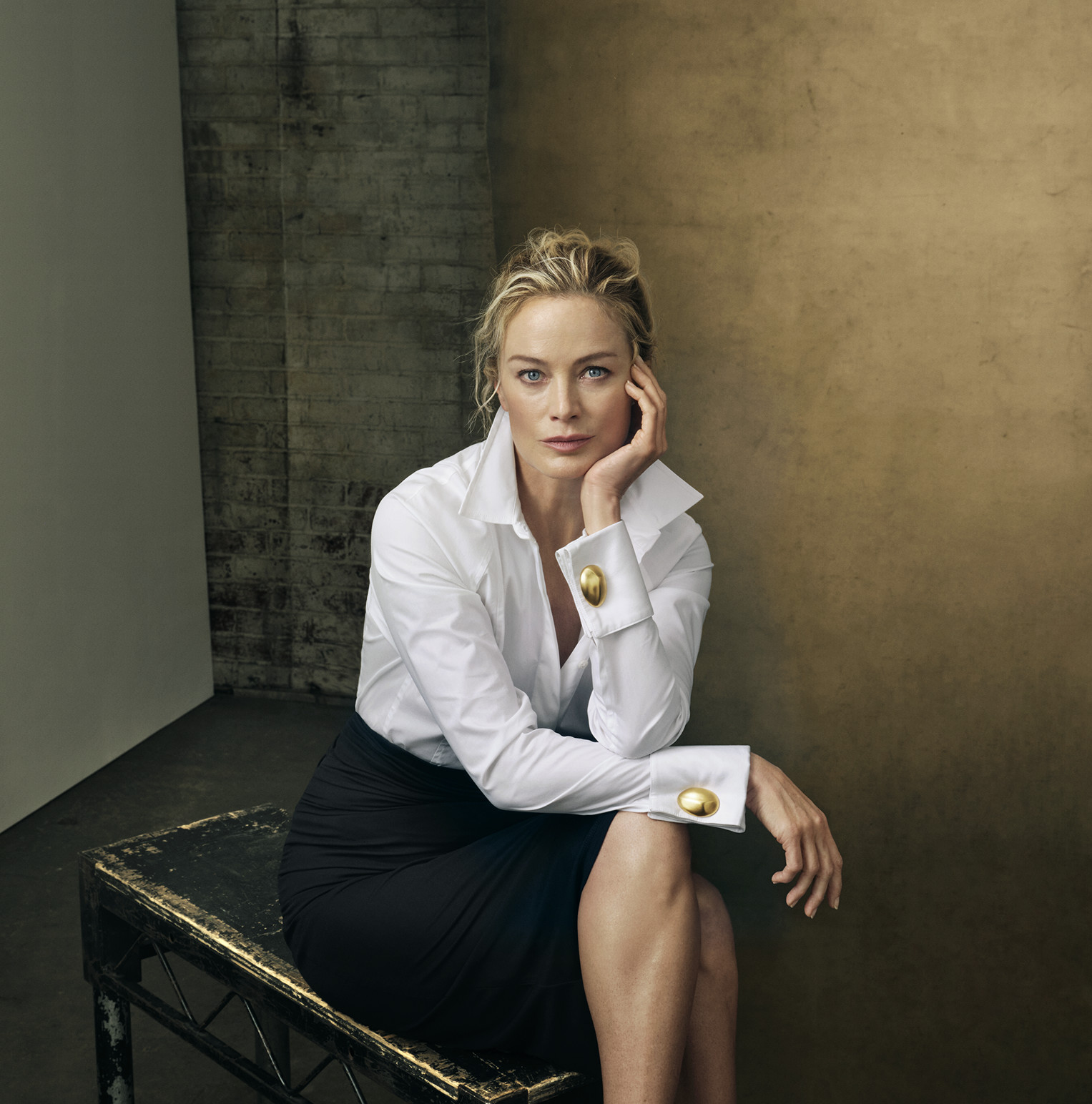
Amber Valletta for Donna Karan SP 2024. Shot by Annie Leibovitz, styled by Jessica Diehl, creative direction by Trey Laird.

